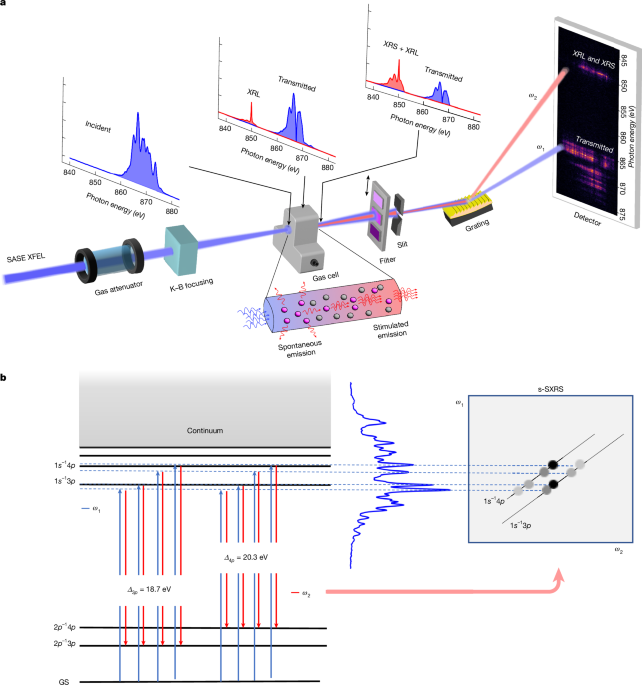
"Controlling the propagation of coherent light pulses through matter is essential for laser-based applications, influencing nonlinear effects such as second-harmonic generation and stimulated Raman scattering."
"Stimulated Raman scattering (SRS) boasts high conversion efficiency, allowing it to generate new laser frequencies and investigate material properties, advancing with ultrafast laser technologies."
"X-ray free-electron lasers (XFELs) operate in the attosecond-ångstrom regime and enable exploration of nonlinear propagation phenomena at shorter wavelengths and time scales."
"SXS is anticipated to provide picometre spatial resolution alongside temporal resolution, enabling studies in energy transfer in large molecules and dynamics in chemical reactions."
The propagation of coherent light pulses through matter plays a pivotal role in laser technology. Early experiments with lasers revealed nonlinear effects such as stimulated Raman scattering, which allows for new laser frequencies and material investigations. With advancements in ultrafast laser technologies, methodologies have evolved to study vibrational and nuclear dynamics. The advent of X-ray free-electron lasers has opened avenues to explore nonlinear phenomena at ultra-short wavelengths and time scales, enabling studies with high spatial and temporal resolution to understand complex chemical dynamics.
#laser-technology #nonlinear-optics #raman-scattering #x-ray-free-electron-lasers #ultrafast-phenomena
Read at Nature
Unable to calculate read time
Collection
[
|
...
]